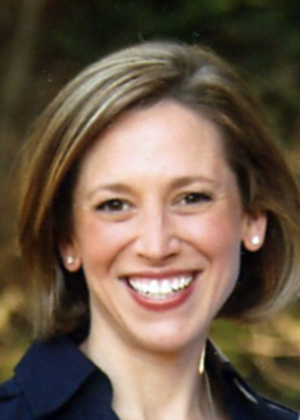www.acsprf.org
- American Chemical Society
- PRF
- Annual Report
- Researcher Stories
Innovate & Inspire Be inspired by these ACS PRF-supported scientists' stories
Dr. Kenneth Ridgway

Professor
Department of Earth and Atmospheric Sciences
Purdue University
Grant 48996-ND8
Researcher Story
Geodynamics of Flat-Slab Subduction, Sedimentary Basin Development, and Hydrocarbon Systems Along the Southern Alaska Convergent Plate Margin
Southern Alaska is widely hailed for its dramatic and idyllic terrain. Its diverse landscape serves as a source of inspiration for artists, who seek to capture its beauty, and scientists, who seek to explain its mysteries.
Dr. Kenneth Ridgway is one of these scientists. Concentrating on the southern margin of Alaska, he and his team are employing field-based geologic studies and numerical modeling to evaluate the development of convergent margins, where one tectonic plate is subducted beneath another.
Dr. Gregory O'Neil

Assistant Professor
Department of Chemistry
Western Washington University
Grant 49499-UNI1
Researcher Story
Metathesis Reactions of Acyloxysulfones for Polyene Synthesis
Dr. Gregory W. O'Neil is an Assistant Professor at Western Washington University whose research interests include the synthesis of natural products; asymmetric synthesis and catalysis; and organometallic chemistry. He has received PRF funding for research focusing on metathesis reactions for polyene synthesis.
Prior success has been achieved in the areas of organic and polymer synthesis through olefin metathesis. Here, building block chemicals (e.g., ethylene) are catalyzed and change structure to form a variety of compounds.
Dr. Samir Bali

Associate Professor
Department of Physics
Miami University
Grant 49348-UR6
Researcher Story
Measurement of the Refractive Index of Highly Turbid Media
Dr. Samir Bali studies light. Specifically, he looks at how light reflects from and refracts through turbid (cloudy, opaque) media.
Light either reflects off, or scatters throughout turbid materials, making them more difficult to analyze using traditional methods than transparent materials. This can have significant implications in multiple industries, including petroleum. Crude petroleum is a dark, turbid medium, which makes its quality difficult to assess.
“You would like to know if the sample is clean, or are there precipitates? If there are precipitates, how large are the particles, and of what nature are they?”
Dr. Katharine Huntington

Assistant Professor
Department of Earth and Space Sciences
University of Washington
Grant 49704-DNI2
Researcher Story
The Use of Carbonate 'Clumped Isotope' Thermometry to Quantify Temperatures of Burial and Diagenesis from 0-200C
Dr. Katharine Huntington studies the interactions of tectonics, erosion and climate, and how the evolution of Earth’s surface and shallow crust both reflect and record these interactions. Her recent work at the University of Washington uses geochemistry to understand how faults in the shallow crust impact the movement of fluids (e.g., water and hydrocarbons) in sedimentary basins.
Faults are discontinuities or fractures that displace rocks, and shallow faults produce zones of crushed up rock that can act either as permeable pipelines to channel fluids or as impermeable blocks to prohibit the flow of fluids.
